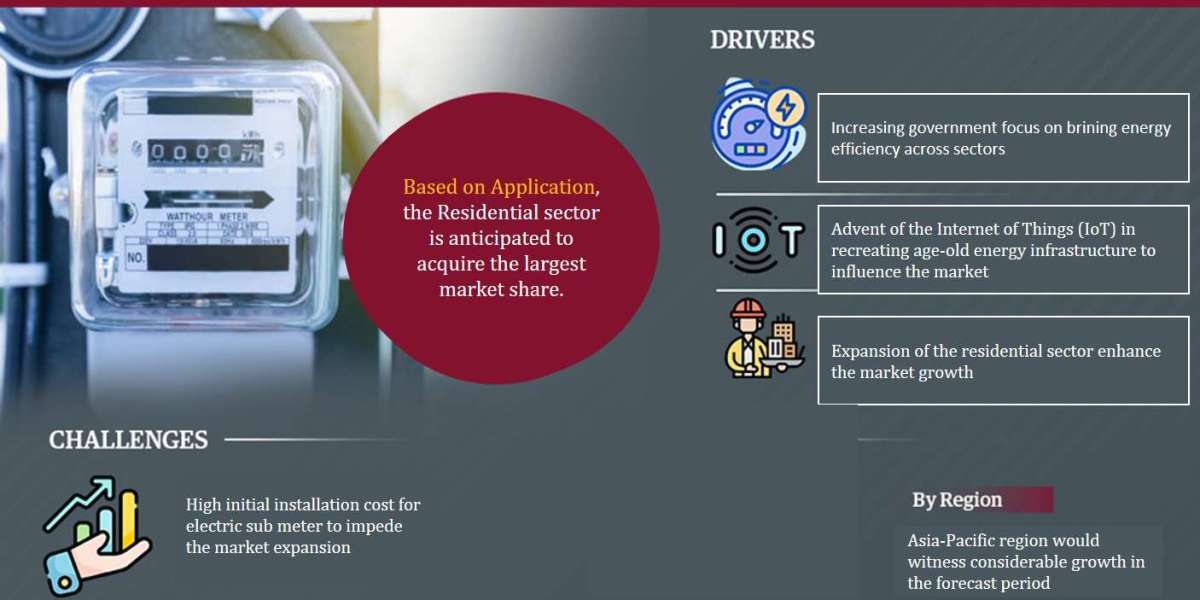MARKET OVERVIEW
The global shipping container market size reached USD 11.9 Billion in 2024 and is projected to hit USD 21.5 Billion by 2033 (CAGR 6.72% during 2025–2033). Growth is propelled by globalization and cross-border trade, booming e-commerce, rapid uptake of IoT/RFID/NFC for tracking, and investments in energy-efficient vessels and logistics infrastructure that make containerized transport faster, smarter, and greener.
STUDY ASSUMPTION YEARS
- Base Year: 2024
- Historical Year: 2019–2024
- Forecast Year: 2025–2033
SHIPPING CONTAINER MARKET KEY TAKEAWAYS
- Market size & outlook: USD 11.9B (2024) → USD 21.5B (2033) at 6.72% CAGR (2025–2033).
- Regional leader: Asia Pacific holds the largest share, supported by export-oriented manufacturing and world-class port infrastructure.
- Product dominance: Dry storage containers account for the majority share.
- Container size winner: Large (40-ft) containers lead on versatility and cost-effectiveness.
- Top application: Industrial products is the leading use case for containers.
- Tech shift: Adoption of IoT-enabled tracking and container management software is elevating efficiency and security across fleets.
MARKET GROWTH FACTORS
1) Globalization, trade intensity, and e-commerce scale-up
Containerization is still the heart of international trade as manufacturers and retailers expand their global supply chains. Export-driven hubs are consistently increasing container volumes, while the rise of cross-border e-commerce brings in more frequent, time-sensitive shipments that depend on standardized containers for reliable transport. Retailers and platforms are increasingly blending container flows with omnichannel distribution, which helps speed up restocking and offers a wider variety of SKUs across different regions. These trends in demand are fueling ongoing orders for dry storage containers and specialized formats, with 40-foot units being particularly popular due to their space efficiency and cost-effectiveness per TEU. Together, globalization and the growth of digital retail create a strong, long-term growth path for container demand all the way through 2033.
2) Digitization of assets: IoT, RFID/NFC, and smarter container management
Operators are incorporating IoT sensors, RFID/NFC, and telematics into their fleets to gain real-time insights on location, temperature, shock, and door events. This data feeds into container management platforms that optimize rotations, cut down on dwell time, and boost security—crucial for sectors like healthcare, food, and high-value consumer goods. Smart tracking minimizes losses, enhances ETA accuracy, and improves customer service, while analytics help with maintenance scheduling and asset utilization. As shippers focus on supply-chain transparency and insurers appreciate traceability, digitalized containers are becoming a key competitive advantage, speeding up refresh cycles and the adoption of premium solutions across various applications and regions.
3) Sustainability momentum and infrastructure upgrades
Stricter environmental priorities are pushing for energy-efficient shipping, alternative fuels, and lighter, recyclable container materials. Expanding ports and creating multimodal connections—like road, rail, and inland hubs—are making it easier to speed up operations and increase throughput, which in turn encourages more containerized shipping. These efforts are in line with corporate emissions goals and regulatory standards, nudging shippers to opt for containers that stack efficiently, weigh less, and have a smaller overall impact. The blend of greener vessels, upgraded terminals, and smarter intermodal networks boosts reliability and capacity, solidifying containers as the go-to choose for safe and standardized global transport.
Request for a sample copy of this report: https://www.imarcgroup.com/shipping-container-market/requestsample
MARKET SEGMENTATION
IMARC categorization: Product, Container Size, Application, and Region.
Breakup by Product
- Dry Storage Containers — General-purpose units for a wide range of dry cargo; standardized dimensions enable easy intermodal moves and cost-efficient global distribution.
- Flat Rack Containers — Collapsible sides/open tops for oversized or irregular loads such as machinery or construction equipment requiring flexible loading.
- Refrigerated Containers — Temperature-controlled “reefers” for perishable foods and pharmaceuticals, preserving product integrity across long routes.
- Special Purpose Containers — Includes open-top, tank, and insulated variants tailored to unique cargo profiles or handling constraints.
- Others — Additional or niche container types deployed for specialized shipping requirements across industries.
Breakup by Container Size
- Small Containers (20 feet) — Compact option for lower-volume consignments or destinations with space limits; common in relocations and niche shipments.
- Large Containers (40 feet) — Most prevalent; delivers superior space efficiency and unit economics for diverse international cargoes.
- High Cube Containers — Taller internal height for bulkier or irregular goods, maximizing vertical capacity and optimizing cubic utilization.
- Others — Additional sizes/formats used where routing, cargo profile, or handling dictates.
Breakup by Application
- Food and Beverages — Movement of perishable and packaged foods; reefers maintain cold chains across long distances.
- Consumer Goods — Electronics, textiles, appliances, and furniture transported safely and economically at global scale.
- Healthcare — Pharmaceuticals, medical devices, and supplies requiring integrity and often temperature control in transit.
- Industrial Products — Machinery, equipment, raw materials, and finished goods supporting manufacturing and construction.
- Vehicle Transport — Automobiles, trucks, and heavy machinery using specialized containers or Ro-Ro for secure carriage.
- Others — Additional industrial and commercial uses requiring standardized, secure container movement.
Breakup by Region
- North America (United States, Canada)
- Asia Pacific (China, Japan, India, South Korea, Australia, Indonesia, Others)
- Europe (Germany, France, United Kingdom, Italy, Spain, Russia, Others)
- Latin America (Brazil, Mexico, Others)
- Middle East and Africa
REGIONAL INSIGHTS
The Asia Pacific region is at the forefront of this market, driven by export-focused manufacturing in countries like China, Japan, South Korea, and India, along with ample port capacity and ongoing investments in infrastructure. Its strategic location and trade integration further enhance the region's pivotal role in containerized shipping and market growth.
RECENT DEVELOPMENTS & NEWS
This page underscores a noticeable shift towards sustainable practices and digitalization: there's a growing adoption of IoT-enabled containers and tracking software, as well as RFID/NFC technology for real-time visibility. Additionally, investments in alternative fuels and energy-efficient technologies for shipping and transport systems are picking up speed, backed by continuous upgrades to port and logistics infrastructure that improve efficiency and throughput.
KEY PLAYERS
- A.P. Moller – Maersk
- CARU Containers B.V.
- China Eastern Containers
- COSCO SHIPPING Lines Co. Ltd. (China COSCO Shipping Corporation Limited)
- CXIC Group Containers Company Limited
- OEG Offshore Limited
- Ritveyraaj Cargo Shipping Containers
- SEA BOX Inc.
- Singamas Container Holdings Limited
- TLS Offshore Containers International
- W&K Containers Inc.
- YMC Container Solutions (Thurston Group Limited)
Ask Analyst for Customization: https://www.imarcgroup.com/request?type=report&id=4631&flag=C
If you require any specific information that is not covered currently within the scope of the report, we will provide the same as a part of the customization.
About Us:
IMARC Group is a global management consulting firm that helps the world’s most ambitious changemakers to create a lasting impact. The company provides a comprehensive suite of market entry and expansion services. IMARC offerings include a thorough market assessment, feasibility studies, company incorporation assistance, factory setup support, regulatory approvals and licensing navigation, branding, marketing and sales strategies, competitive landscape, and benchmarking analyses, pricing and cost research, and procurement research.
Contact Us:
IMARC Group
134 N 4th St. Brooklyn, NY 11249, USA
Email: [email protected]
Tel No: (+1-201971-6302)



